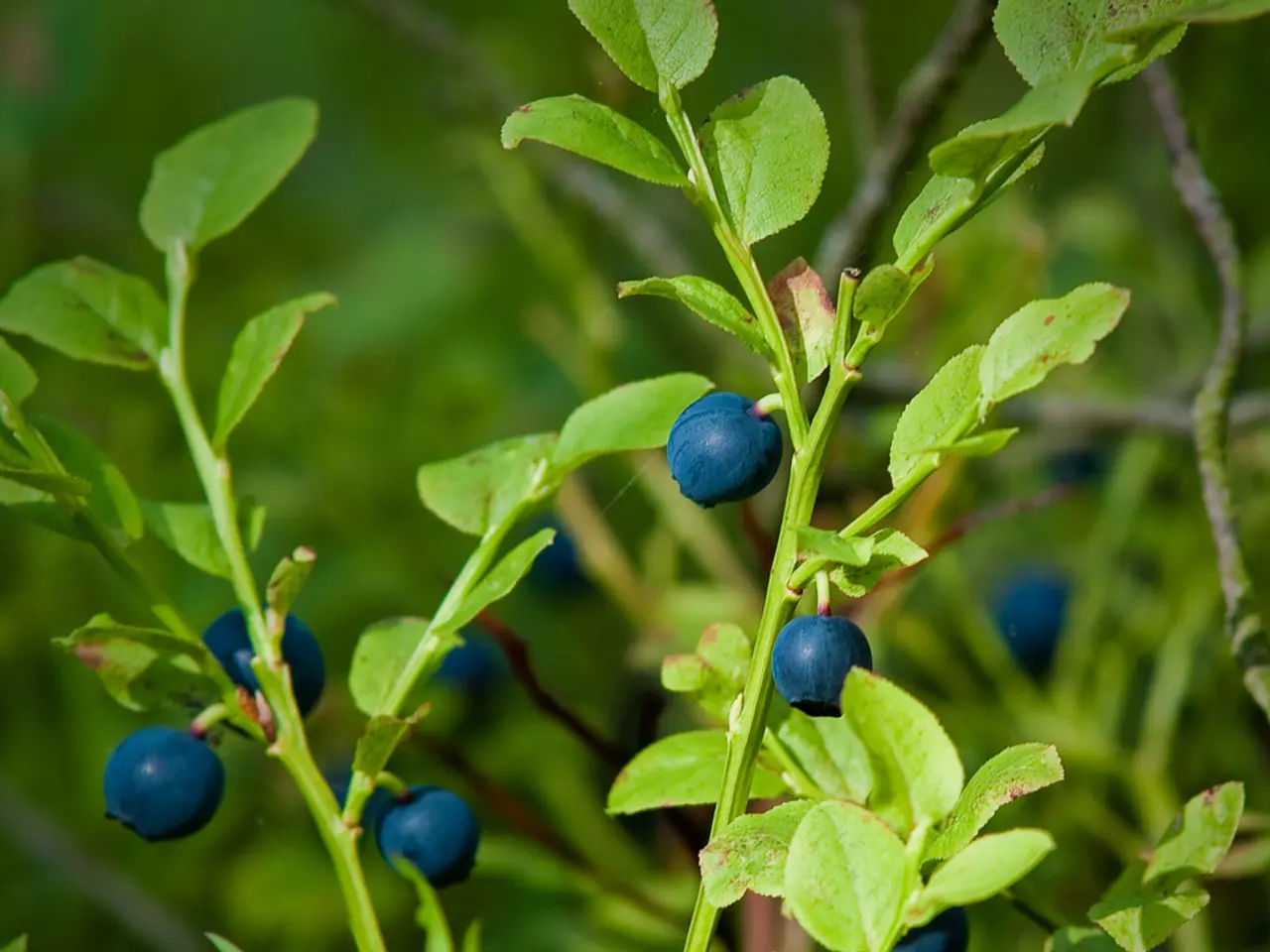Spring Forward: Essential Garden Tasks for the Season Ahead
As the days grow longer and the weather warms, it's time to prepare for a flourishing spring garden. Whether you're starting late seeds, planting new berry bushes, applying dormant sprays, repotting houseplants, or growing tuberous plants, these expert tips will help ensure a strong start and a productive season.
**Starting Late Seeds**
To prevent disease in seedlings, use clean, pasteurized potting soil. Choose disease-resistant seed varieties where possible to reduce problems. Start seeds in small batches and provide strong light, such as shop lights, to encourage healthy growth. Avoid starting seedlings too early; timing is critical to avoid weak plants or damping-off disease. Consider succession planting to maximize yield and extend harvest periods. For early spring planting, experiment with winter sowing or starting seeds indoors under controlled conditions to get a jump on the season.
**Planting New Berry Bushes**
Plant berry bushes in locations with at least 7-8 hours of direct sunlight to promote healthy growth and reduce disease risk. Prepare soil with good drainage and nutrient-rich amendments, such as compost. Avoid frost-damaged or poorly drained spots by cleaning and dressing beds beforehand. Prune any dead or damaged branches before planting, but avoid pruning spring-blooming shrubs too early to preserve buds.
**Applying Dormant Sprays**
Dormant sprays are applied while plants are still leafless, usually late winter or very early spring. They help control overwintering pests and diseases on fruit trees and berry bushes. Apply sprays before bud break, following label instructions carefully. Check for any damage to plants from winter and prune dead wood before spraying.
**Repotting Houseplants**
Repot houseplants early in the growing season to encourage healthy root and foliage growth. Use fresh, well-draining potting soil and a slightly larger pot to give roots room to expand. Remove any old soil carefully and prune dead or rotted roots. After repotting, water thoroughly and place plants in bright, indirect light to recover.
**Growing Tuberous Plants Earlier**
Start tuberous plants indoors in pots or trays before the outdoor growing season begins. Use warm soil and maintain consistent moisture without waterlogging. Provide plenty of light and avoid sudden temperature drops. When outdoor conditions are favorable (after frost risk), harden off the plants gradually before transplanting them outside. Ensure soil is well-prepared with compost and mulch to retain moisture and nutrients.
**General Spring Prep Tips**
Clean up the garden by removing dead leaves, debris, and old plant material. Prune perennials and fruit trees cautiously, preserving buds on spring-blooming shrubs. Dress garden beds with fresh compost to enrich the soil. Take inventory of tools and supplies: sharpen pruners, check watering systems, and stock up on seeds and fertilizers. Apply mulch to suppress weeds, retain moisture, and regulate soil temperature. Check water storage like rain barrels and hoses to ensure efficient watering.
By following these tips, you can get a strong start on spring gardening, even if you begin a bit late. Healthy plants and a productive garden season await!
Remember to always wear protective clothing, goggles, and a respirator while spraying dormant sprays. Seedlings of common plants are typically inexpensively available at local garden businesses and department stores. New bareroot berry bushes should be planted as early in the spring as possible, usually about six weeks before the last frost date. Planting should not be done when the ground is soggy to avoid creating hardpan. Hard-to-find or too-costly-to-purchase varieties should be grown indoors. Dormant sprays should be applied before trees and bushes leaf out to avoid burning their foliage. Dormant sprays include oil sprays for suffocating overwintering pests and fungicides like liquid lime sulfur spray for preventing diseases. Spring is the time to repot houseplants that need more root room. Don't mix different types of dormant sprays or apply them within a week of each other. Pot up tuberous plants about six weeks before the last frost date. March is a busy time for gardeners, as they may be scrambling to sow seeds that were not started earlier.
To further enhance your home-and-garden lifestyle, consider growing tuberous plants earlier indoors in pots or trays before the outdoor growing season begins. Remember that repotting houseplants in fresh, well-draining potting soil early in the growing season encourages healthy root and foliage growth.




